Schedule a Call Back
Navigating industrial risk management in the age of Industry 4.0
 Articles
Articles- Jun 14,24
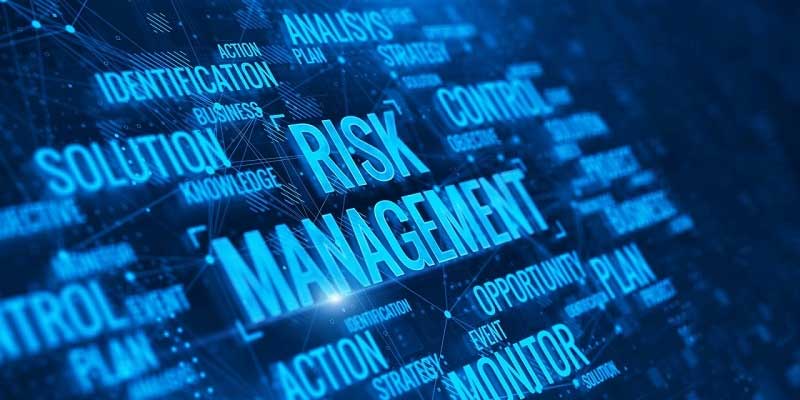
Related Stories
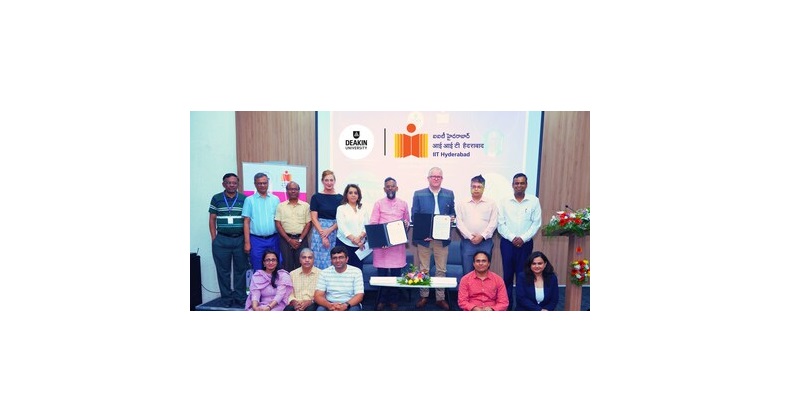
IIT Hyderabad and Deakin University launch AMRIT to advance smart manufacturing
The initiative is set to drive research excellence in key areas such as additive manufacturing, smart materials, lightweight composites, automation, and Industry 4.0 technologies, while also helping..
Read more
Automation Studio Code offers a new automation engineering experience
This development plug-in is perfectly integrated into Automation Studio 6 and makes working on a project with two tools possible without any migration required ¬¬¬¬, fully compatible and flexibl..
Read more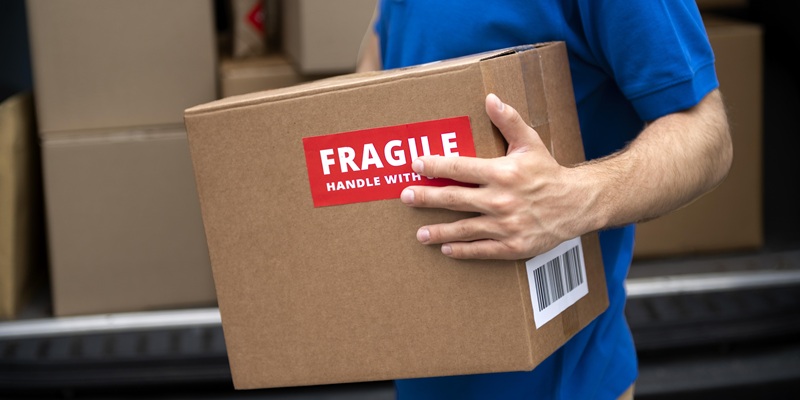
Three Vibration-Control Innovations Saving Drivers and Shipments
In this article, Emily Newton discusses some of the latest innovations to improve vibration control and protect packages during transportation.
Read moreRelated Products
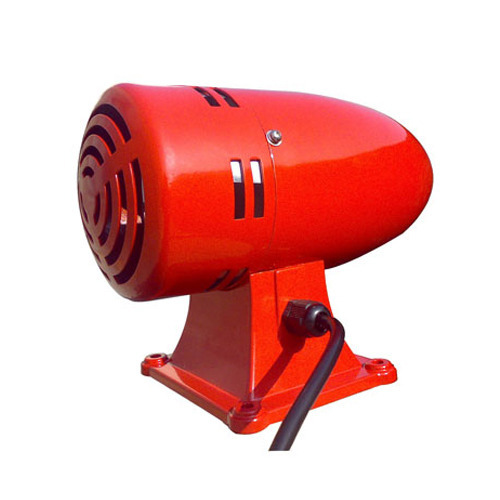
Fire Protection - Industrial Sirens
Amit Safety Enterprises offers a wide range of fire protection industrial sirens.
Read more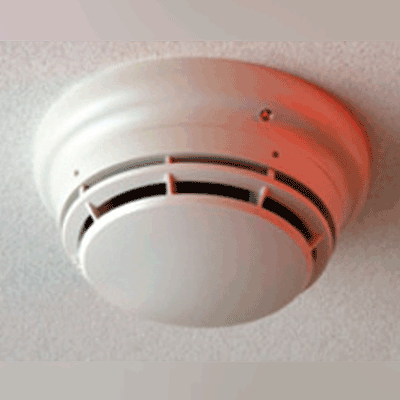
Fire Alarm Sysytem
Nayakson Security Systems is offering a range of fire alarm, intrusion alarm and gas alarm systems.
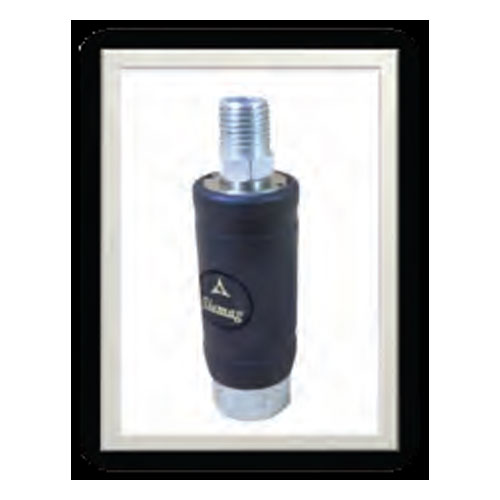
Push Button Safety Quick Release Coupling
Siemag introduces the all new push button safety quick release couplings. Read more













